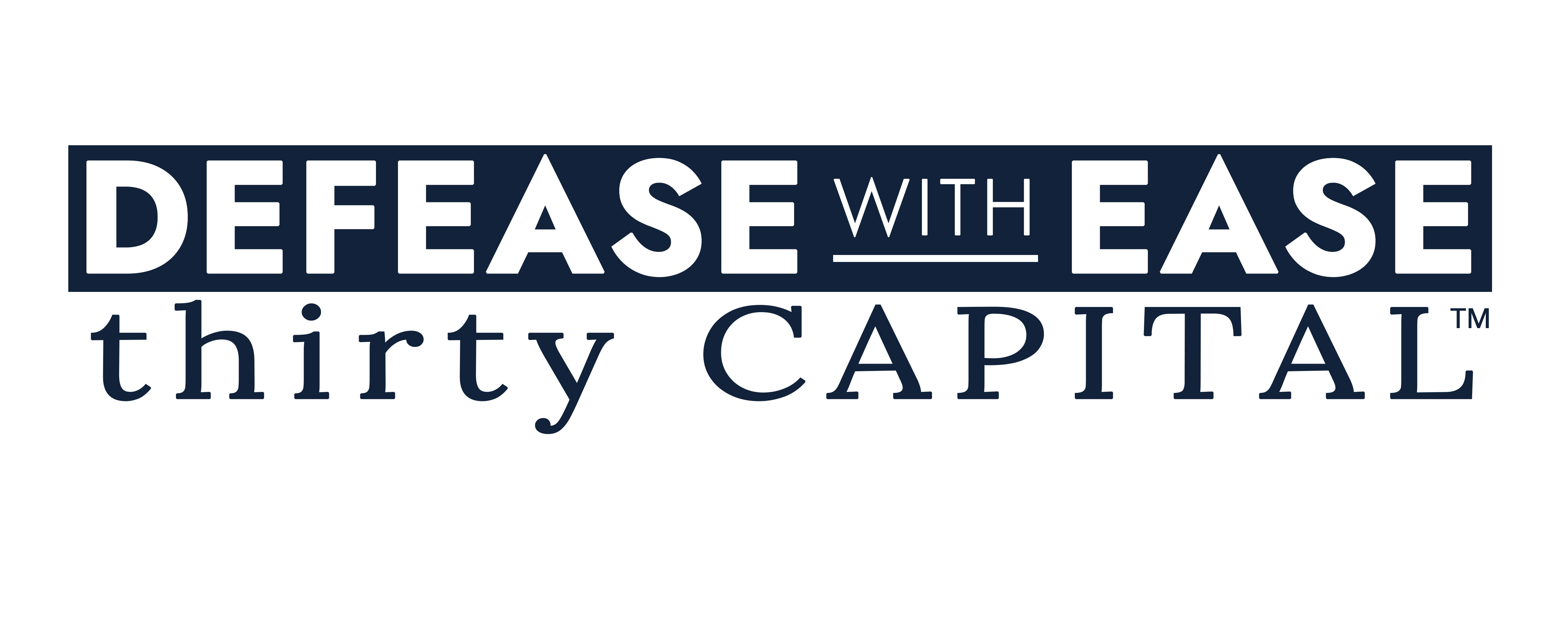
Part Two will provide a tactical roadmap for property owners and investors to manage data as an asset in order to improve portfolio NOI. Part One provided a summary of these areas of focus.
Part One of this two-part blog began as follows: “The concept of NOI is nearly as old as the commercial real estate industry itself. After all, in its simplest form net operating income is the money that’s leftover when property expenses have been deducted from revenue…However, increasing NOI has long thought to be restricted to changes in two simple factors: decreasing expenses and increasing rent. But what if beneath the surface leveraging disparate data sources could affect NOI in seldom recognized ways even within these buckets?”
The idea of “BIG DATA” is not a new concept in the commercial real estate industry, but its ability to drive operational improvements, increase financial health, and offer insight into otherwise unknown opportunities has exponentially transformed the market’s growth potential, but more importantly how property portfolios go about doing business in a changing, dynamic environment. The biggest challenge industry-wide remains not only getting organizational buy-in and support for data-driven initiatives, but real-time access to data, including the storage, digestion, and meaningful integration of information. In my many conversations with industry peers, it’s become apparent the easiest way to increase the speed of data adoption is to isolate its tangible benefits and then provide solutions to reverse engineer data competency at the portfolio level.
The evidence is clear and indisputable. According to a study by MIT Sloan School of Management, 66 percent of executives in the U.S., regardless of industry, reported a distinct competitive advantage as a direct result from employing data as an operational tool. This statistic increased from 37 percent in a previous study (MIT). Additionally, a study conducted by Harvard Business Review discovered that U.S. companies performing in the top 33 percent of their specific industries using data as a decision making tool are not only more productive when compared to peers, but also more profitable (HBR).
In another study specific to the commercial real estate industry, Mind the Gap: Aspiration vs. Reality in Corporate Real Estate, a new joint survey published by JLL and Forrester Consulting, reports data-driven initiatives are quickly become a strategic imperative among commercial real estate executives across all market sectors. Over 50 percent of respondents stated they currently consider themselves data savvy or intend to increase their data competency in the very near future. In other words, executives are less reluctant to utilize data as a decision making tool within the industry, but also use data to support strategic objectives. This new direction and mindset has also had a direct impact on internal budgets – 64 percent of property teams have witnessed an increase in budgetary commitments for data and analytics last year and expect those budgets to increase in the present year as well (Forrester).
Undoubtedly, there will be property owners and investors who judge their need for data sophistication based upon the scale of their operations and size of portfolios regardless of the evidence and success stories within the industry. After all, there is both a financial investment and time commitment associated with data management and strategy. Again, the best encouragement for this segment of the market is to break down advantages and competitive differentiators found in improving portfolio NOI and property value – the industry’s two primary common denominators regardless of geography, specialization, and property size.
A Roadmap to Data-Driven Operational Efficiencies

Old and bad habits die hard. Like anything else, for an industry to reach sustainable adoption of technology as a business-building tool it requires successful precedent and a clear and easy narrative to communicate value for all stakeholders. We now have access to actionable data – meaning available information that facilitates better decision making that aligns with strategic portfolio objectives. Yet, there is a prevailing generational mentality that subscribe to a method of “simply reducing expenses across the board and relying upon gut feeling to ‘judiciously’ target reduction areas” to drive operational efficiencies. As I noted in Part One of this blog series, this notion is counter intuitive to informed decision making. Following a simple three-step roadmap can reverse this line of thinking and provide clear direction for property owners eager to leverage the pervasive nature of BIG DATA.
With an overwhelming majority of the industry making data management an executive agenda, simplifying the process is imperative, particularly for a market late and historically reluctant to adopt technology. If you look across other industries that have realized the full potential of data management and analytics, there are three primary steps that must be taken to drive operational improvements:
- Choose the right data
- Optimize for strategic portfolio outcomes
- Transform portfolio’s operational capabilities
Choosing the right data is a nod to the old idiom “garbage in, garbage out”. In other words, property portfolios produce large amounts of data, so it’s important to identify, aggregate, and manage internal and external sources along with formatted and unformatted sources of relevant data. The more and better data you have can provide a more holistic and far more granular picture of your portfolio’s operations. To ensure this more visible approach, property owners must specifically define the challenges and opportunities their portfolios face. The best way to do this is ask yourself if we had perfect, real-time information what decisions could be made quicker and better. Answering that question ensures you’ve identified the most important information and connecting information where silos once existed.
Data is important because it necessitates the capture of information for the future discovery of insights, but competitive differentiators are created when that data becomes a living breathing asset designed to drive strategic portfolio outcomes. More often than not, question-based design of data management plans leads to faster and more accurate information to produce results that have a far greater reach and effect across a portfolio. And it’s important to ensure these capabilities are rooted in practical, real-world applications in order to avoid risk and gain internal support without exhaustive training and explanation.
Transformation of any kind is hard. A lot of times even the most well executed and rewarding initiatives are met with skepticism and are seldom utilized, stopping any kind of positive momentum. There are several reasons for this, but the one I most often experience or hear from industry peers is a lack of alignment between a portfolio’s existing culture and emerging tactics to exploit the proliferation of data successfully. These new initiatives either do not mirror existing processes for decision making or lack a clear roadmap for achieving portfolio objectives. For example, if a data management solution seems more fit for statistical experts rather than the individuals performing daily integral tasks, there is little chance the transformation effort permeates the portfolio.
Commercial real estate owners are numbers driven. Yes, there is a paradox between being as such and letting instinct drive decision making or forsaking available data altogether. There remains an uncomfortably large portion of the industry, particularly among the smaller to midsized portfolios, who have yet to adopt data as a business-driving asset. A fair majority of these property owners probably view this type of transformation as too expensive, time consuming, and subsequently not worth the cost of admission. However, by following these simple three steps, regardless of size and scale, portfolios can have easy access to the questions most important to driving operational efficiencies.


